Guess who’s stepping into the ring against Tesla’s Optimus? Hint: It’s not Boston Dynamics.
OpenAI, the company that brought you ChatGPT, is officially entering the humanoid robotics race. And no, they’re not just designing software – they’re building a physical robot meant to go toe-to-toe with Tesla’s Optimus in real-world environments.
This isn’t sci-fi. This is a strategic pivot that could redefine how AI interacts with the physical world. But can a company known for language models really pull off a humanoid bot? And what does this mean for the future of work, autonomy, and who builds the robots that might one day walk among us?
Why OpenAI Is Going Full Metal… Literally
OpenAI has been hinting at robotics for years. They started with a robotic hand solving a Rubik’s Cube, paused research, and now – they’re back. But this time, it’s different.
They’re not just writing code. They’re partnering with designers, hiring roboticists, and reportedly developing a general-purpose humanoid meant to perform “real-world tasks.”
And they’ve got a not-so-secret weapon: Chengshu Li, a star roboticist from Stanford, who’s joined to lead their embodiment and robotics benchmarking efforts. This isn’t a side project. It’s a mission.
Optimus vs. OpenAI: The Fight No One Saw Coming
Let’s be real – Elon Musk kinda had the humanoid robot spotlight to himself. Tesla’s Optimus has been dancing (kinda), folding shirts (sorta), and making big promises about replacing human labor.
Now, OpenAI is stepping in. And they’re bringing something Tesla doesn’t have: the most advanced AI brain on the planet.
Think about it:
- Tesla knows hardware, autonomy, and real-world deployment.
- OpenAI knows reasoning, language, and general intelligence.
Put them together? You’ve got a robot that doesn’t just move – it thinks.
More Than a Bot: What’s Really at Stake
This isn’t just a tech demo. Humanoid robots could reshape:
- Manufacturing: Factories with bots that adapt on the fly.
- Elder Care: Companions that understand context and need.
- Space & Exploration: Robots that repair, build, and explore where humans can’t.
But also… risks.
- Job displacement at a scale we’ve never seen.
- Safety & control: What happens if a general-purpose robot misinterprets a command?
- Centralization of power: Who gets to build and control the robots?
The Big Question: Can They Actually Do It?
Building a robot is hard. Building a useful humanoid robot is brutally hard.
- Hardware is messy. Sensors fail. Actuators overheat. Balance isn’t a software patch.
- Real world is unpredictable. Unlike text, you can’t just generate a plausible response. Physics matters.
- Tesla has a head start. They’ve been in the autonomy game for years.
But OpenAI has something no one else does: GPT-level reasoning. If they can connect a mind like that to a body? Everything changes.
The Bottom Line
OpenAI isn’t playing around. This is a bold – some might say risky – move into a field that eats ambitious projects for breakfast.
But if anyone has a shot at cracking embodied intelligence, it’s the company that taught AI to reason, write, and see.
One thing’s for sure: The humanoid robot race just got interesting. And the winner won’t just define the future of AI. They’ll define the future of us.
Sources & Further Reading:
- Reuters: OpenAI Explores Humanoid Robotics
- IEEE Spectrum: Why Humanoid Robots Are So Hard to Build
- Wired: Inside Tesla’s Optimus Program
Read more on The Sunday Scout:
AI | Technology | Tutorials

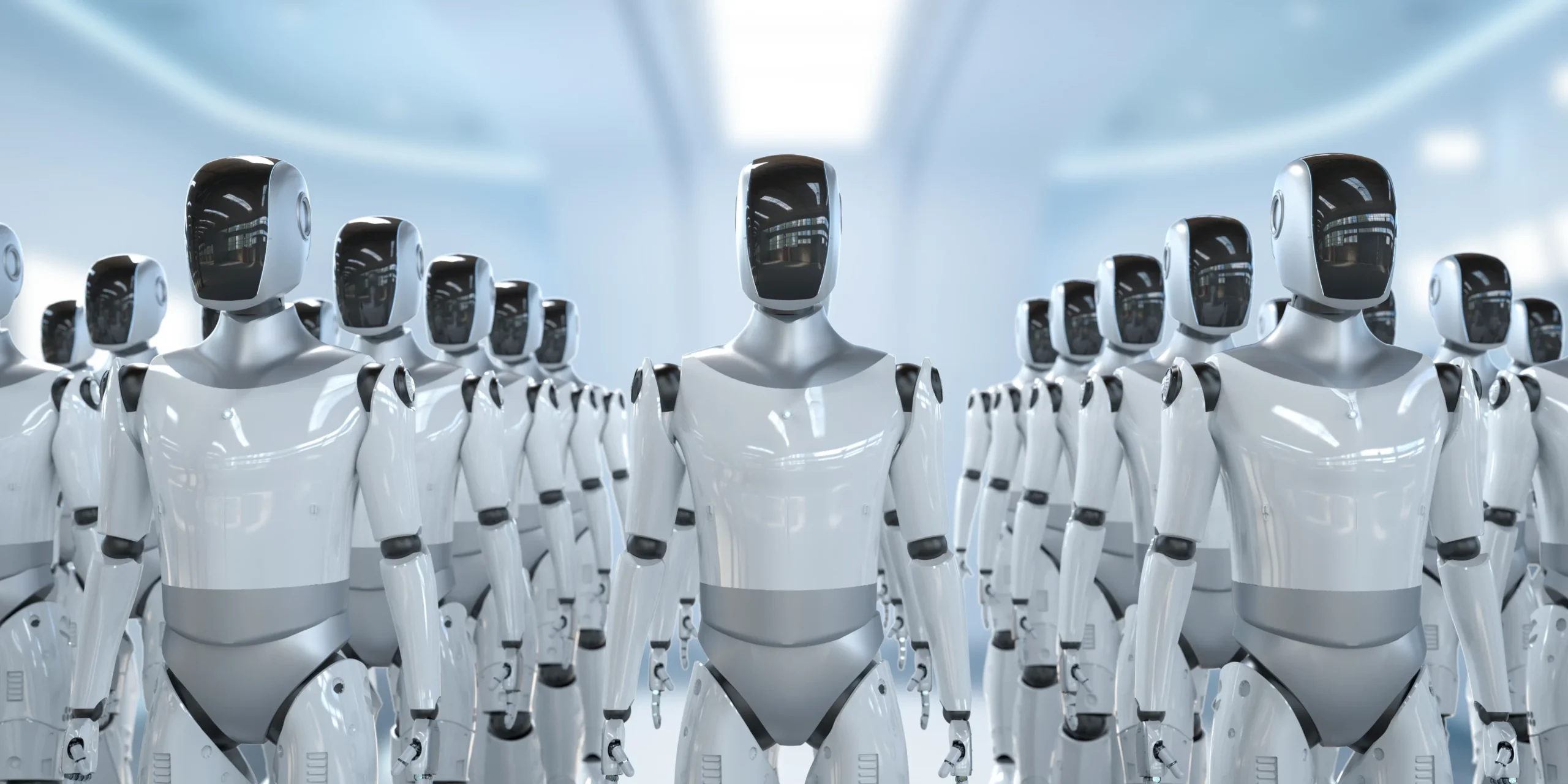

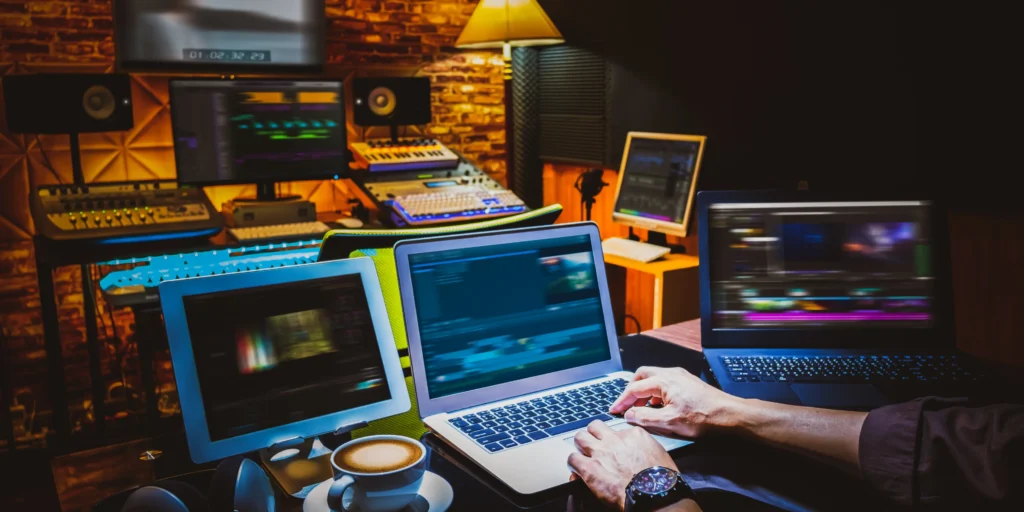
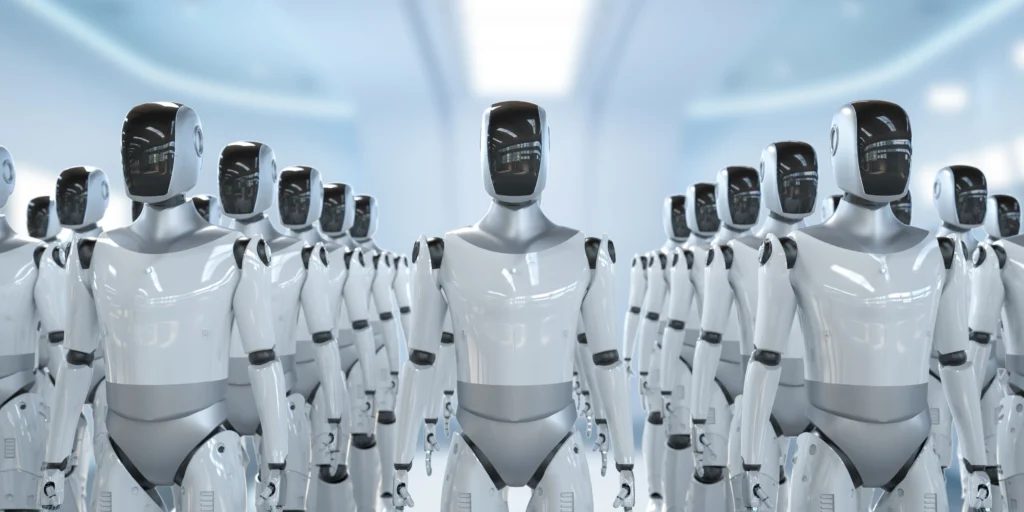
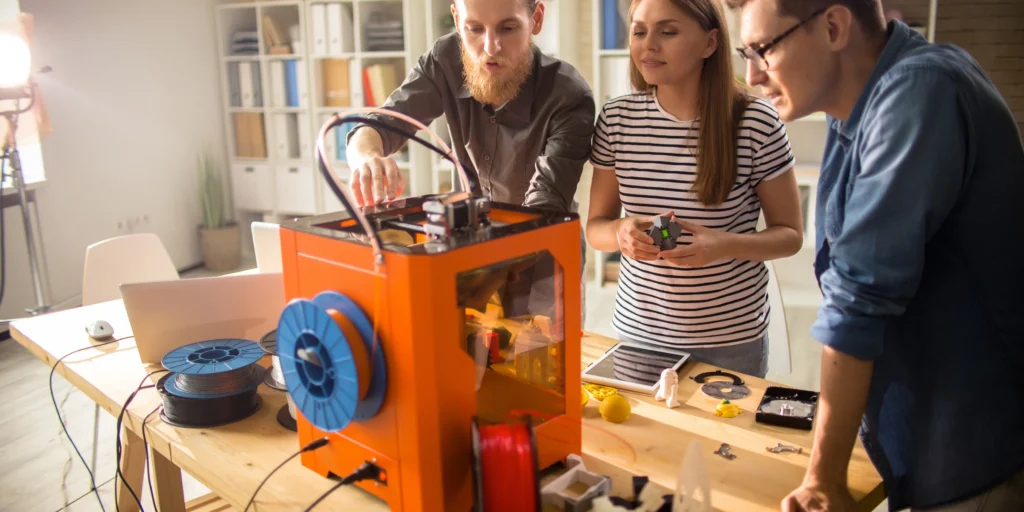
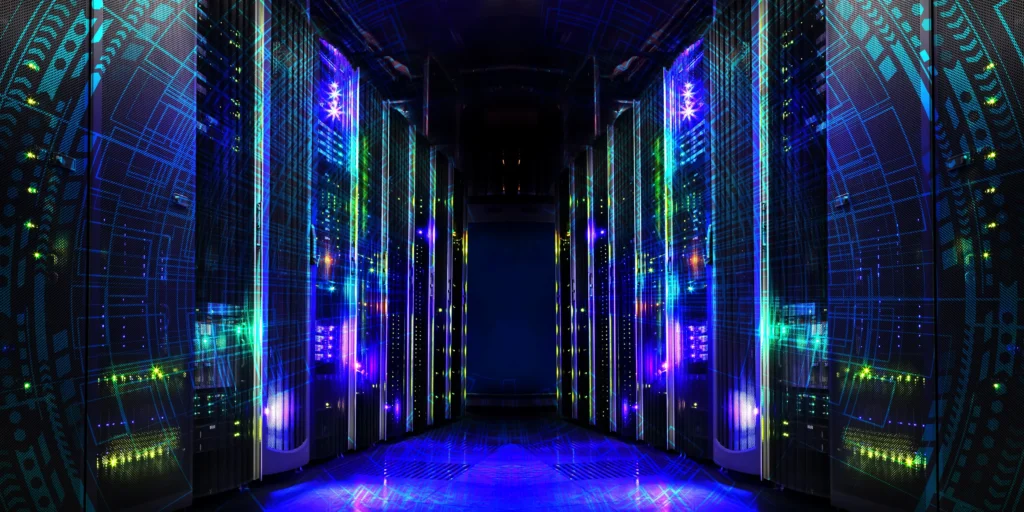
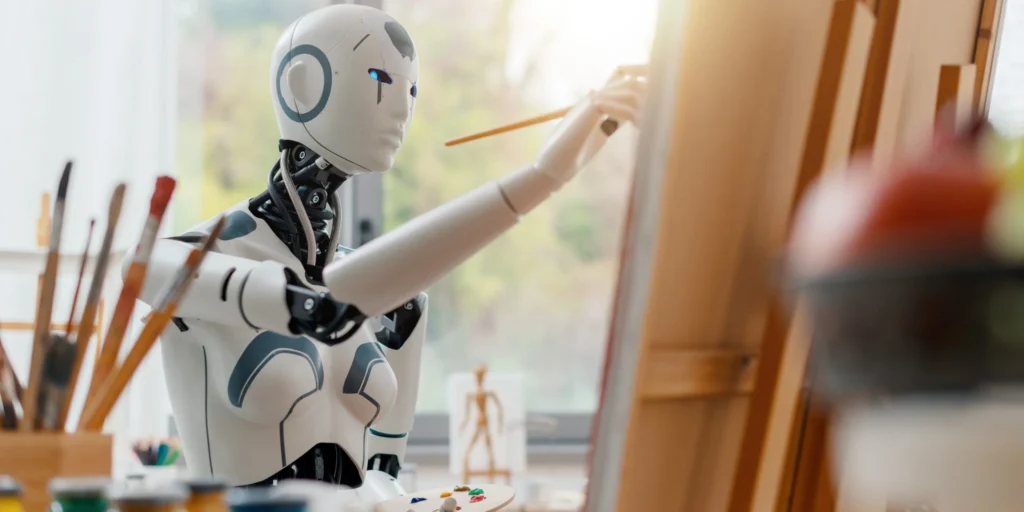
Leave a Reply